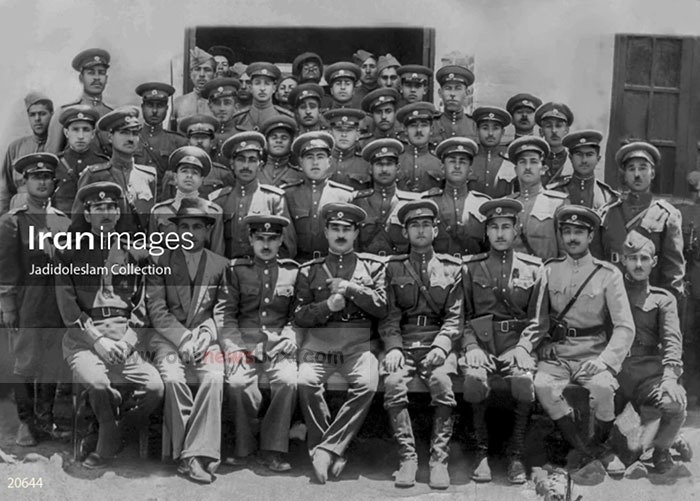These demands resonated with many Azerbaijanis, particularly the working class, farmers, and intellectuals who felt marginalized by the central government in Tehran. However, the party’s close ties with the Soviet Union also made it controversial within Iran’s broader political spectrum.
The Establishment of the Azerbaijan People’s Government
Following the formation of the Democratic Party of Azerbaijan, events unfolded rapidly. In November 1945, with Soviet backing, the party declared the establishment of the autonomous Azerbaijan People’s Government in Tabriz. Jafar Pishevari was appointed as its leader, and the new government quickly began implementing its policies.
One of the first actions taken by the autonomous government was the introduction of Azerbaijani Turkish as a medium of instruction in schools. This move was highly symbolic and represented a direct challenge to the Persian-centric policies of the central government. Additionally, land reform policies were initiated, redistributing land from large landlords to peasants, a step that further increased the government’s popularity among the rural population.
During its brief existence, the Azerbaijan People’s Government established its own administrative institutions, security forces, and economic policies. The government also sought to expand its influence by cooperating with the Kurdish autonomous movement in Mahabad, which similarly enjoyed Soviet support.

